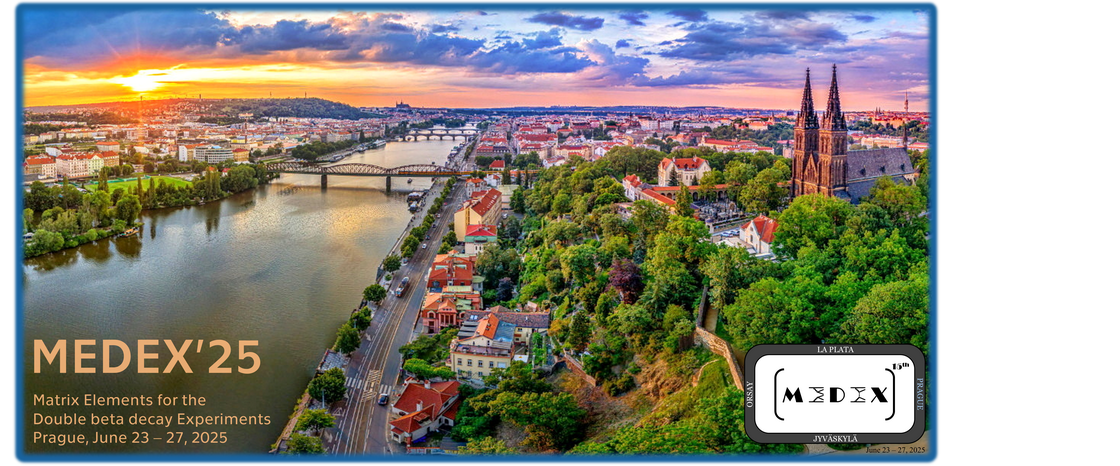Speaker
Description
The nuclear matrix elements for neutrinoless double-beta decay play an important role in interpreting the experimental half-life limits, yet are hampered by large theoretical uncertainties. One crucial aspect of the uncertainties is the leading-order short-range decay operator identified by the nonrelativistic chiral effective field theory. This short-range operator is required to achieve renormalizability of the $nn\rightarrow pp ee$ amplitude, but its size is highly uncertain due to the absence of lepton-number-violating data.
In this presentation, I will demonstrate that such a leading-order short-range decay operator is not needed in the relativistic chiral effective field theory, by performing a renormalization group analysis of the $nn\rightarrow pp ee$ amplitude. To validate the relativistic approach, I will present the predictions of $nn\rightarrow pp ee$ amplitude from relativistic chiral effective field theory and compare the results with the recent lattice QCD simulations. Finally, I will show how the relativistic chiral decay operator can be applied in nuclear-structure calculations of nuclear matrix elements.

